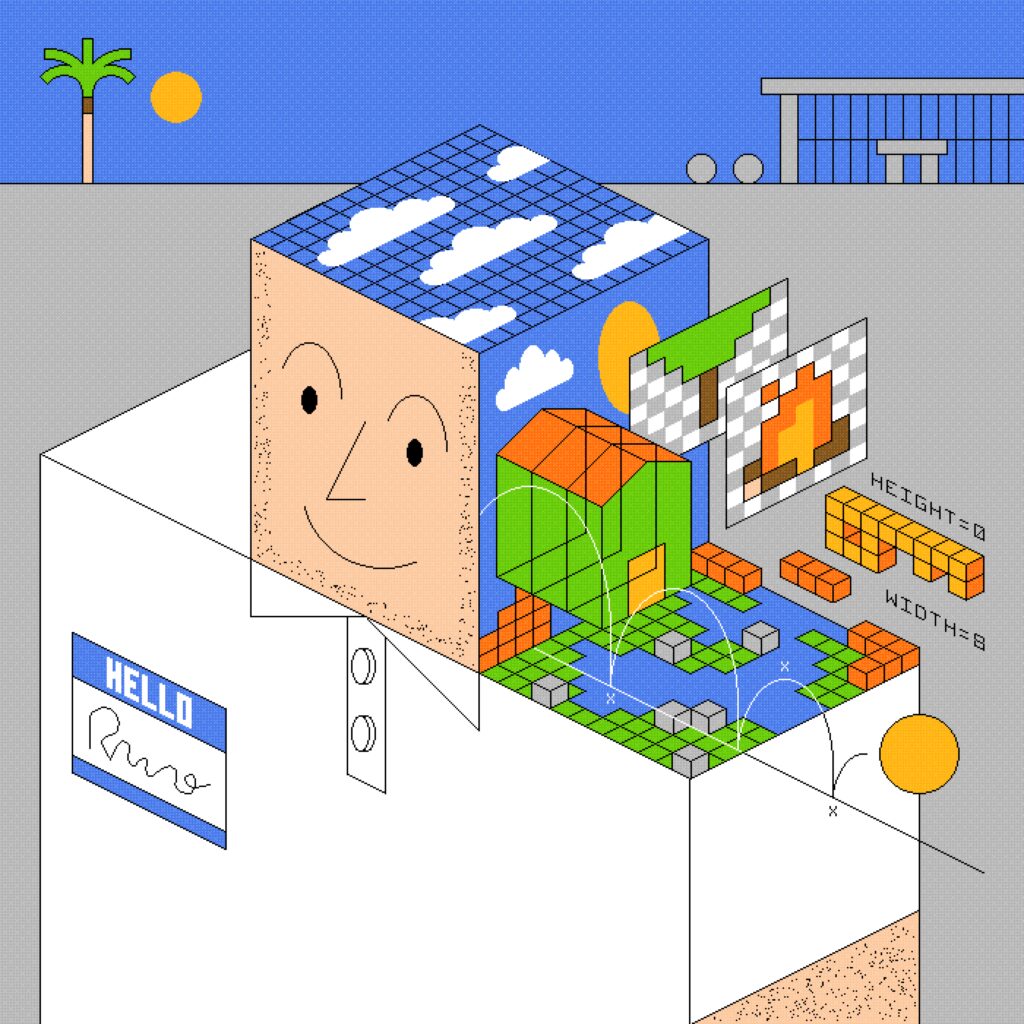Designing a good puzzle game involves multiple steps, starting with coming up with an idea and creating prototypes to test the game’s mechanics. Key elements of a successful puzzle game include being challenging but not impossible, having clear and consistent rules, and being engaging and fun. The future of puzzle games is in mobile and casual games designed for short bursts, as well as more social and collaborative games that allow players to work together to solve puzzles. The puzzle game design process requires creativity, skill, and attention to detail.
The Art of Puzzle Design: An Interview with a Game Developer
Introduction
Puzzle games are a favorite pastime for many. They offer a fun and engaging activity that requires logic, strategy, and problem-solving skills. But have you ever wondered what goes into designing a puzzle game? We interviewed a game developer who specializes in puzzle design to learn more about the art of crafting these brain teasers.
The Puzzle Design Process
The first step in designing a puzzle game is to come up with an idea. This can come from anywhere – a personal experience, a movie or TV show, or even a dream. Once there is an idea, the puzzle designer needs to figure out how to turn that idea into a game.
The designer then creates a prototype of the game. This could be done with a pen and paper, a whiteboard, or a digital program. The prototype is used to test and refine the mechanics of the game. The designer will playtest the game to see how it works and make adjustments as needed.
Once the prototype has been refined, the designer will create the game’s artwork and music. They will also work on the game’s story and characters, if applicable. The final step is to package and release the game.
What Makes a Good Puzzle Game?
According to our game developer, there are several key elements that make a great puzzle game. First, the game should be challenging but not impossible. It should require the player to use their problem-solving skills, but not to the point of frustration.
Secondly, the game should have a clear and consistent set of rules. The player should understand how the game works and what they need to do to solve each puzzle. The rules should be intuitive and easy to understand.
Finally, a good puzzle game should be engaging and fun. The puzzles should be interesting and varied so that the player doesn’t get bored. The game should also have a clear progression system, so the player feels like they are accomplishing something as they advance through the levels.
The Future of Puzzle Games
When asked about the future of puzzle games, our game developer noted that there is a growing interest in mobile and casual puzzle games. These games are designed to be played in short bursts and are easy to pick up and play.
There is also a move towards games that are more social and collaborative. These games allow players to work together to solve puzzles and accomplish goals. This trend is likely to continue as more people look for ways to connect with others through gaming.
Conclusion
Designing a puzzle game is a complex process that requires creativity, skill, and attention to detail. But the end result can be a fun and engaging experience that challenges players to think critically and problem-solve. As the gaming industry continues to evolve, we can expect to see new and exciting puzzle games that push the boundaries of what we thought was possible.
